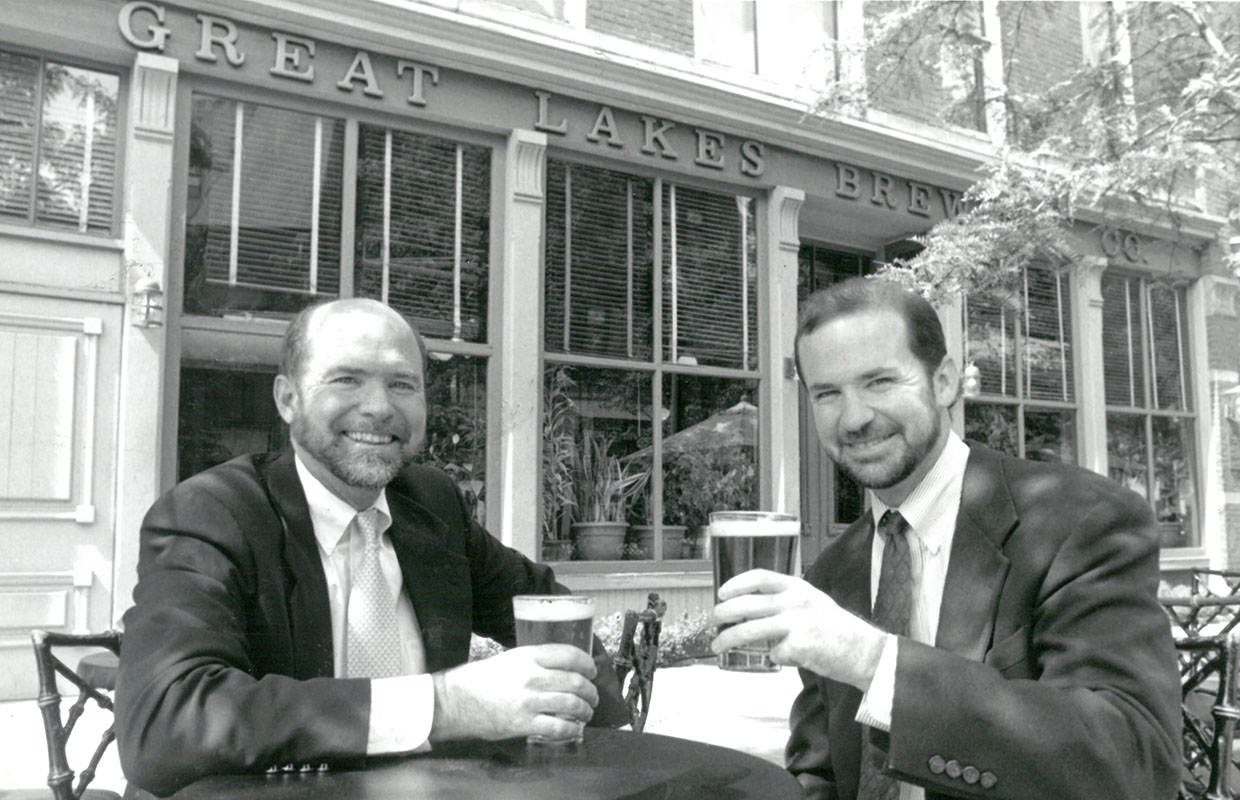
This is a continuing series highlighting the oldest craft brewery in each state with members of the organization that helped build the brand. Brewer Magazine will share business and personal insights each Monday to help learn how these veterans of the industry have grown.
Daniel Conway & Patrick Conway, Co-Founders/Co-Owners; Mark King, CEO, Great Lakes Brewing Co. — Cleveland
Date the Brewery Opened: September 6, 1988
What beers were tapped on opening day? Dortmunder Gold, formerly called the Heisman, and Eliot Ness. “We also had Bass and Guinness because we wanted to start slowly with a couple beers,” Patrick Conway said. “Within half a year we began developing a Pale Ale and a Porter.”
BREWER: Why did the brewery open in the first place? What was your biggest “Year 1” struggle?
PATRICK: I had gone to school in Chicago at Loyola, and I spent a year abroad and was able to taste the great beers of Europe. It was stunning how flavorful and fresh the products were. Back home we had this banal tasting beer culture. I thought, why can’t we make products like this? As a bartender in Chicago I was selling Guinness, Bass, Carlsberg, Heineken. I felt like the time had come. Dan understood the concept. He was a loan officer and started looking at the business plan. He tweaked the document, left the bank, and became part of it. We share many of the same values. As for the “why” we didn’t do any analysis other than what we felt in our hearts. Craft beer and better products was a movement that was afoot in the culture, and so we built on that and participated in it. Our biggest challenge initially was hiring top management to be a cultural fit and not just a skill set. We had some clashes with upper management when we first opened, and we matured as a company and as people. We realized we needed to put more emphasis on hiring the right people for the culture we aspired to build.
DANIEL: That’s a tough one since everything was so new and challenging, but the embrace that our hometown provided was like an intangible source of energy to rise to the challenges. If we had to pick one area, it was probably the human resource aspect of the operation and not appreciating how much energy would be needed there. I recall when our payroll provider helped us create our first policy manual and there was a section where we could insert our own language, and we included that “our people are not costs to control, but assets to develop and grow.” Words in a manual long since forgotten but that spirit is still alive today.
BREWER: Go ahead, pat yourself on the back; what was one of the key “good ideas” that were had early on which help drive growth or sustainability to the brewery?
DANIEL: Not so much a good idea, but when our landlord declared bankruptcy early on in our lease, we learned our lease would not survive a foreclosure. He owned our original building as well as two area parking lots and a five-story former department store adjacent to our building. So we figured a way to get a loan to buy his bank’s loan at a discount (I once worked in banking so I was sort of quarterbacking it — and it certainly helped that our father was a lawyer!), and were thus able to bid our interest at the sheriff’s sale and acquire all the properties. So not only did our lease not get wiped out, we ended up owning the other real estate that was part of our growth in the succeeding years. Early on, we opted for a food menu in our brewpub that was a notch above regular bar food. The “gastropub” term wasn’t really coined yet, but we were definitely envisioning something like that. And of course, broadening our offerings in the early 1990s from just Lagers and into Ales of many types, which we continue to do to diversify our portfolio. Separately, Pat had the great idea to go non-smoking even before it was required, and staff and customers alike were grateful for the healthy alternative.
PATRICK: I think from the beginning with our ‘triple bottom line’ where we wanted to take care of our finances, but also our city and people and the planet. It seemed so logical to not just focus on profit and it carried us well for years. We went through a rough period during COVID, but I think the resilience of the company is built on that triple bottom line and the culture that’s carries us through. That we were able to withstand the blow from COVID has a lot to do with the resilience of that philosophy. We developed Christmas Ale in the early 90s. We had a brewer come back from a brewers conference in California and he shared some innovations and uses for spices and herbs and we were intrigued by that. I think we nailed our Christmas Ale with the ginger, cinnamon, and honey, and the packaging with the train car captured that nostalgic feeling. Sumerians had used spices in beer as early as 4,000 years ago, so we were standing on their shoulders, but Christmas Ale was and is a great early success story for us.
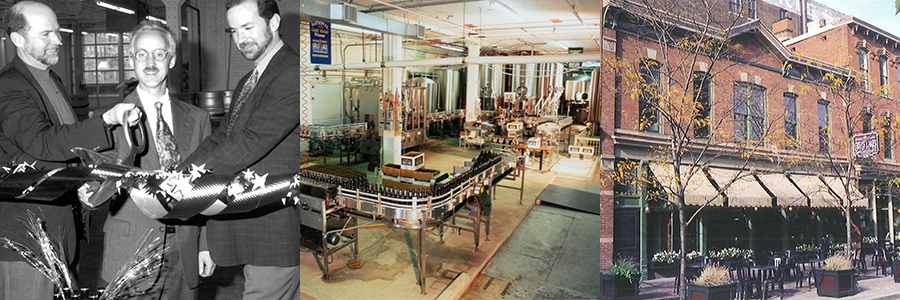
BREWER: OK, now admit a defeat; what was a decision or a circumstance that hurt the brewery? How did you solve that issue or find your way through it?
PATRICK: I’m starting to sound redundant, but bad hires and bad fits where we didn’t spend enough emphasis on human resources. Without more in depth analysis of candidates, we’ve had a few hires that were not good for the business. None of us are perfect on the hiring front, but we’ve unquestionably improved in this area and finding the right people for the right roles.
DANIEL: Yes, finding the right people, especially in leadership, has been critical.
KING: We were slow to react to changes in consumer preferences over the years — both in beer styles, and packaging options. As Amber Lagers and Amber Ales and traditional beer styles built the craft business early on, the emergence of and variance of IPA brands now command most of the consumption in the category. We also were only packaging in bottles until late 2020. We began development of our IPA portfolio in 2019, and we now have a year-round American IPA, two year-round Double IPAs, and a year-round Hazy IPA in our portfolio, joining our classic English IPA, Commodore Perry. Our canning line came online in fall 2020, and really helped us drive volume as the off premise took off during the pandemic. We had our biggest off-premise year in the history of the company in 2021. The move to establish our IPA portfolio, and to package in cans, has helped Great Lakes to gain share in each of the last four years in the grocery channel and on-premise.
BREWER: What excites you in your brand (be it liquid, equipment, strategies or something else) this year and how did you decide to pursue this avenue?
PATRICK: I think the innovation we’ve just come out with was long overdue. It would be nice to see our legacy brands have a resurgence, but we’re seeing great benefit and response to some of the newer brews we’ve released like Vibacious Double IPA. I enjoy our Mexican Lager with Lime, which is a newer seasonal for us. I love our 73 Kolsch. I’d love to see a return to Lagers and Pilsners.
DANIEL: It’s positive to have a more clear view of where consumers are buying and having a focused approach on how to serve them. Clearly, Mark and our leadership team have accomplished this.
KING: Our ‘big bets’ in 2024 include Great Lakes Midwest IPA and Juicy Vibacious Double IPA. The response to the liquids and the branding in our Annual Business Plan meetings with our wholesalers and retailers was off the charts, and I think it will further establish Great Lakes as a go-to IPA brewery. We’re also very happy with the performance of our legacy brands, which helped build Great Lakes Brewing Company — Dortmunder Gold, Edmund Fitzgerald, Eliot Ness, and Commodore Perry are all 30-plus year old brands and are outperforming their peers. Stabilizing these brands was critical as we built out our IPA portfolio.
BREWER: Being a veteran company in the craft beer industry, what “words of wisdom” do you like to share when a new brewery owner approaches?
KING: You must remain relevant to your core consumer and evolve as consumers and preferences change over time — it is very hard to play catch up. Also, make sure to involve your distributors and retailers as much as possible in the product development stages. Sometimes brewers have tunnel vision, and working closely with wholesalers and retailers is critical, as they are your partners, and are exposed to many brands and strategies.
PATRICK: I’d put emphasis on human resources. If you come in and don’t pay attention to that, your culture, who you’re hiring, it’s going to be a risky proposition. Invest in good people from the start.
DANIEL: There will be cycles of ups and downs, and that it’s important to have core values to guide you during each.
Photos courtesy Great Lakes Brewing Co.
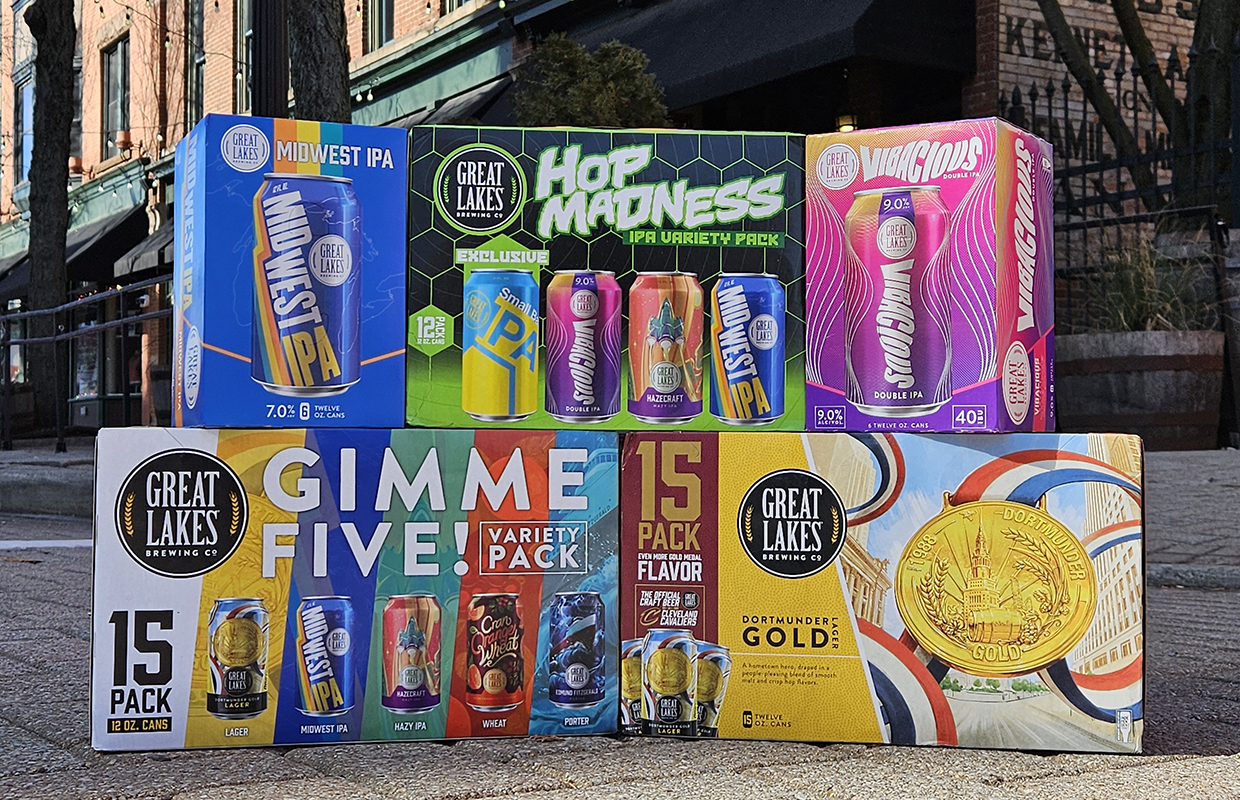



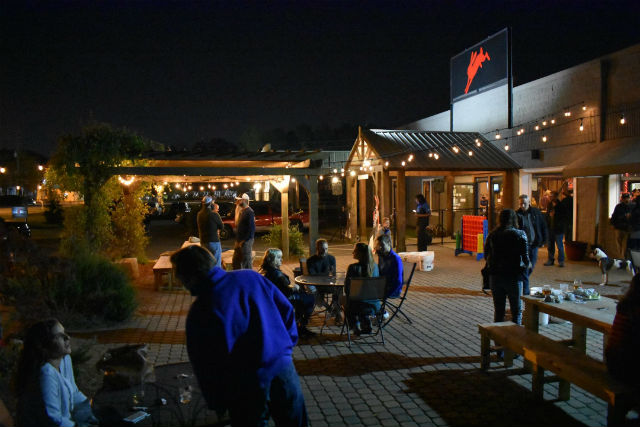
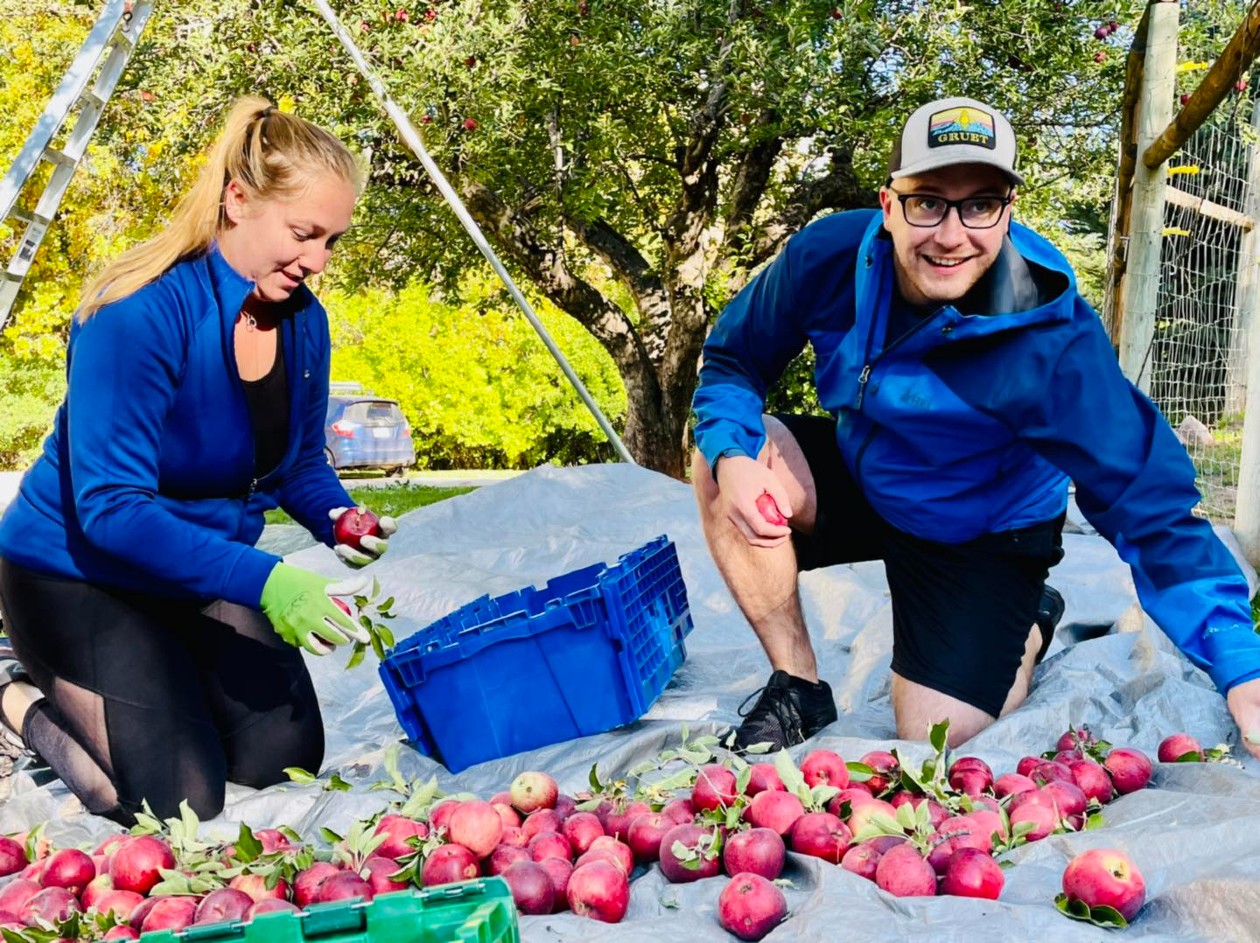
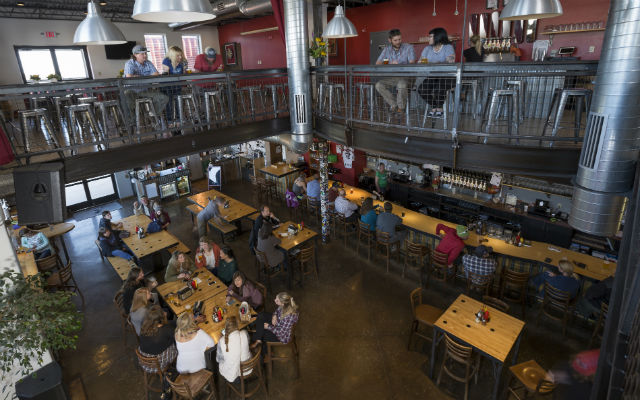
1 Trackback / Pingback